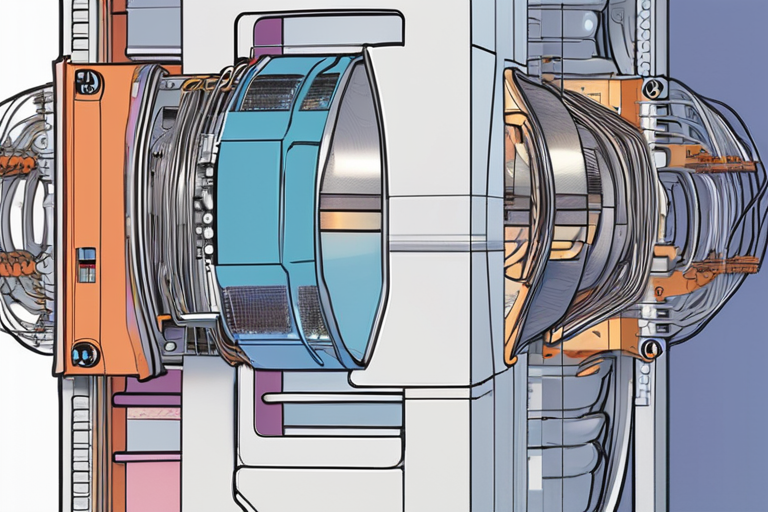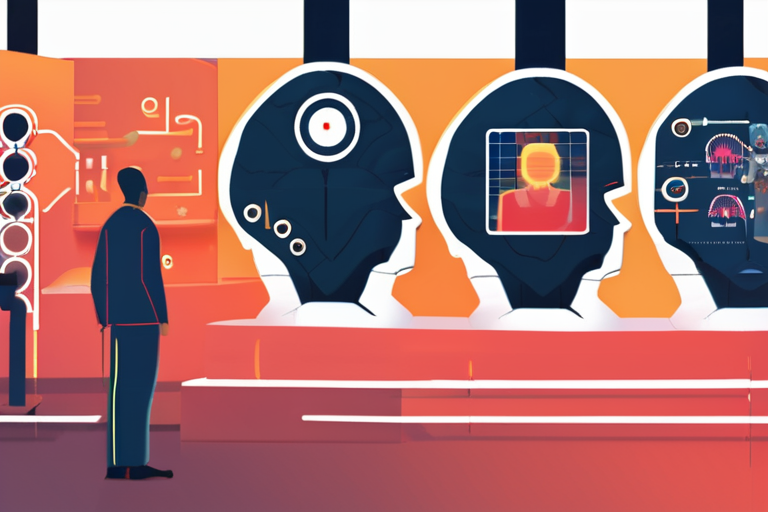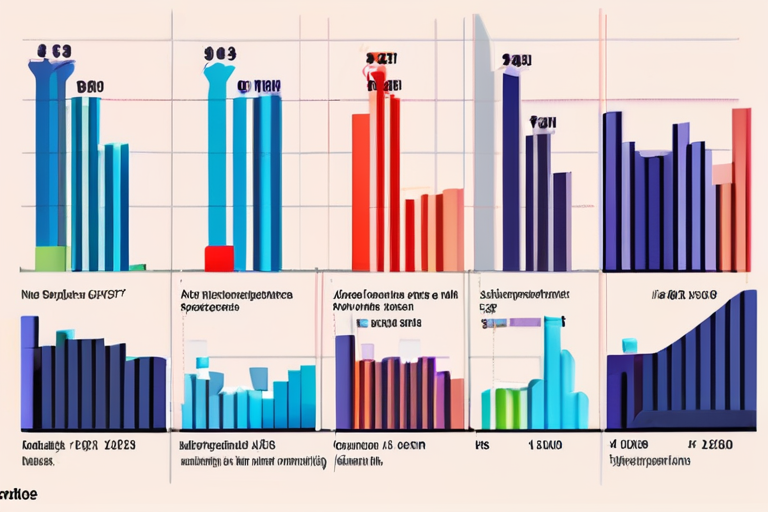OpenAI has built an experimental large language model that is far easier to understand than typical models, shedding light on how large language models (LLMs) work in general. The model, which has not been publicly named, is a significant departure from the black box nature of most LLMs, which are notoriously difficult to interpret. According to OpenAI, the model's transparency is a major breakthrough, allowing researchers to better understand why models hallucinate, why they go off the rails, and just how far they should trust them with critical tasks.
The model's transparency is made possible by its use of a technique called "modularization," which breaks down the complex processes of an LLM into smaller, more manageable components. This allows researchers to see exactly how the model is processing and generating text, rather than relying on opaque algorithms and mathematical formulas. "This is a big deal," said a spokesperson for OpenAI. "For the first time, we're able to see exactly how an LLM is working, and that's going to be a game-changer for the field."
The implications of this breakthrough are significant. For one, it could help researchers to better understand why LLMs often produce inaccurate or nonsensical results. "Hallucination is a major problem in LLMs," said Dr. Andrew Ng, a prominent AI researcher. "If we can understand why models are hallucinating, we can start to develop techniques to prevent it." Additionally, the transparency of the model could lead to more trustworthy AI systems, which are critical for applications such as healthcare and finance.
The development of the model is also significant because it highlights the growing importance of transparency and explainability in AI research. As AI systems become increasingly complex and ubiquitous, it's becoming clear that simply relying on their output is no longer sufficient. "We need to be able to understand how AI systems are working, and why they're making the decisions they are," said Dr. Ng. "That's the only way we're going to be able to trust them."
In related news, Google DeepMind has built a new video-game-playing agent called SIMA 2, which can navigate and solve problems in 3D virtual worlds. The agent was built on top of Gemini, DeepMind's flagship large language model, and is a significant step towards more general-purpose agents and better real-world robots. According to DeepMind, the agent is a major breakthrough in the field of artificial intelligence, and could have significant implications for a wide range of applications.
The development of more transparent and trustworthy AI systems is an ongoing effort, and one that will likely require significant advances in fields such as machine learning and natural language processing. However, the breakthroughs made by OpenAI and Google DeepMind are significant steps in the right direction, and could have a major impact on the future of AI research and development.


























Share & Engage Share
Share this article